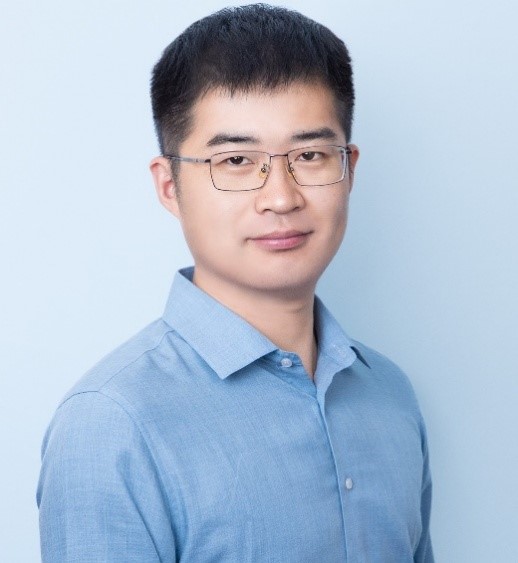题目:High-fidelity Modeling of Multi-Material Additive Manufacturing: Process, Microstructure, and Property
时间:2025年12月5日 14:30-16:30
地点:机械与动力工程学院 振华会议室
邀请人:李永兵 教授(薄板结构制造研究所)
Biography

Dr. Wentao Yan is an associate professor in the Department of Mechanical Engineering, National University of Singapore (NUS). Before joining NUS in 2018, Dr. Yan was a postdoctoral fellow at Northwestern University and also a guest researcher at the National Institute of Standards and Technology in the USA. He received his Ph.D. degree jointly at Tsinghua University, Beijing and Northwestern University, USA. He got his Bachelor degree from the Department of Mechanical Engineering, Tsinghua University, Beijing in 2012. Supported by multi-million grants, his research group with 20+ students focus on multi-scale multi-physics modeling, experimental investigation and data analysis of additive manufacturing. ~30 of his former postdocs and PhD students have got faculty positions. He has published >150 papers on flagship journals, such as Nature Communications, Acta Materialia, JMPS and CMAME, which have received over 9000 citations. His team was the biggest winner in the 2022 NIST AM-Bench Simulation Challenges by winning 9 awards in the total 25 tests (totally 40 awards were presented). He has won multiple best paper awards in various journals. He currently serves as the Senior Editor for Additive Manufacturing Journal and an editorial board member for IJMTM and Materials & Design.
Abstract
Multi-material additive manufacturing opens a new avenue for materials design and synthesis, but also increases the complexity in the process-structure-property relationships. To this end, we have developed and seamlessly integrated a series of high-fidelity multi-physics models for multi-material additive manufacturing. Specifically, multiphase flow models using the coupled computational fluid dynamics (CFD) and discrete element method (DEM) simulate the motions of unmelted powder particles in the melting procedure of nano- and micro-particle reinforced composites. For the cases where different powders are melted for in-situ alloying, the model incorporates the major physical factors, e.g., the composition evolution due to evaporation and convection, the varying thermo-physical material properties dependent on the local chemical compositions, and the heat release/absorption due to alloying/chemical reactions. The microstructure evolutions at both the grain- and dendrite- scales are modelled using the phase field and cellular automaton methods. The mechanical properties and thermal stresses are simulated using the crystal plasticity finite element (FE) model, which incorporates the realistic geometry (rough surfaces and voids), temperature profiles and microstructures including the interactions between reinforcing particles and dislocations. These models have proven to be useful in revealing the physical mechanisms and guiding manufacturing process optimization, which have been validated against experiments.

